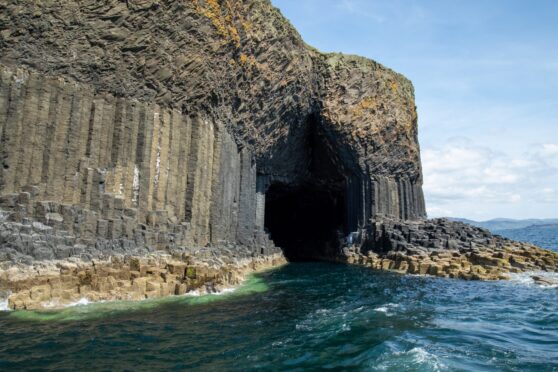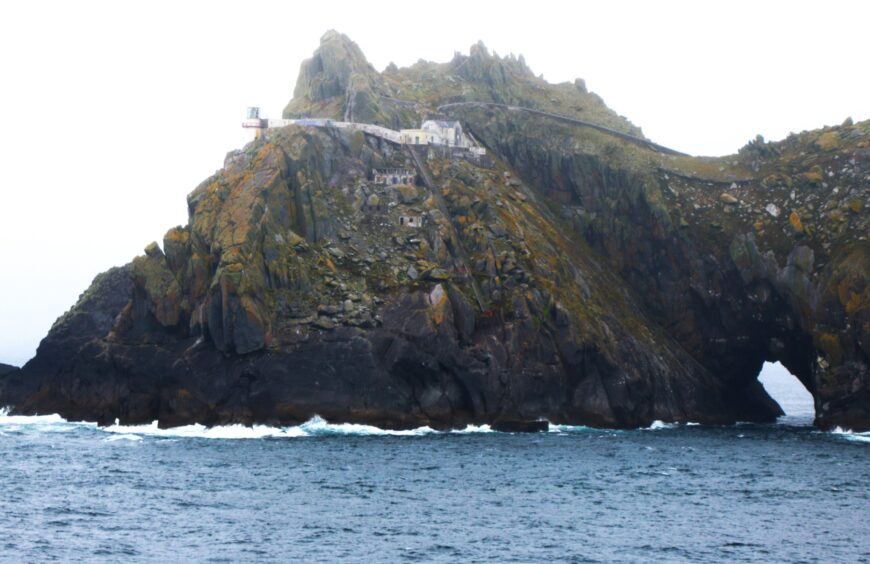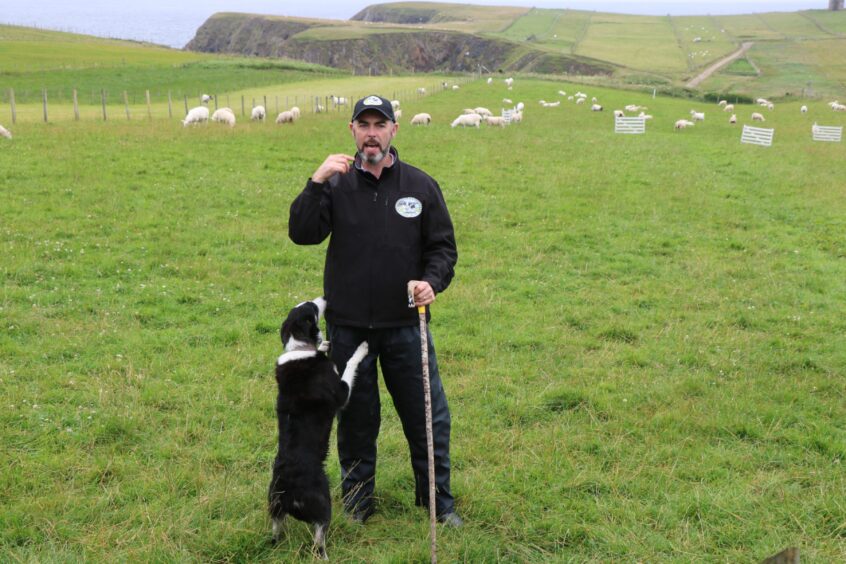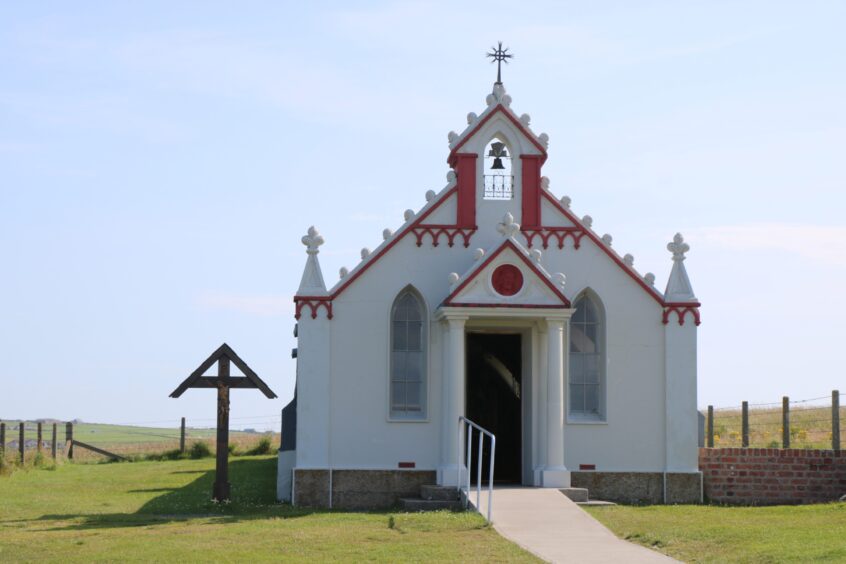
Sailing round the British Isles seemed like a great idea in a hot and humid summer. Fred Olsen’s Borealis, an attractive, friendly ship holding around 1400 guests, had the answer. I departed from Dover, but cruises to many destinations leave from Rosyth, Newcastle and Liverpool.
Boarding was easy and I was soon in my spacious cabin with its jacuzzi bath, loads of storage space and a huge, comfortable bed. Later we headed out across the Channel towards Guernsey, arriving there the next morning.
This unique Anglo/French island is a self-governing British dependency which was under German occupation during WWII. Many old fortifications remain but the island is now a great tourist destination, easy to explore and with lots to offer.
Next day we sailed north towards Ireland, giving me time to explore the ship. There was the usual theatre, spa, and a pool with a sliding roof for use in all weathers. In addition to the buffet and main dining rooms there were two speciality restaurants. Colours and Tastes served Oriental food whilst Vasco focused on Indian cuisine. Numerous delightful bars and lounges made it easy to find a cosy place to relax, read – there is a good library – and have a drink when on board.
Our route took us past Skellig Michael island and its sixth-century Christian monastery perched on a ledge some 160m (520ft) above sea level. Monks chose this remote spot as they believed it was the furthest they could get from civilisation. That hasn’t changed very much.
Killybegs, on the tip of Ireland’s north-west coast, was the country’s largest fishing port and famous for weaving fine carpets found in important buildings throughout the world. The mills have now closed and fishing is in decline. However, wind turbines are now an important part of the economy and their huge blades were stored on the dockside. I toured the stunning coastline, part of the Wild Atlantic Way, and was treated to an amazing demonstration of sheep-dog skills at Away To Me by ‘FJ’, a sheep-dog trainer, and one of his lovely dogs, Lucy. The speed and intelligence of the dogs have to be seen to be believed and I spent a magical hour watching Lucy at work.
The next morning found us in Stornoway on Lewis and Harris in the Outer Hebrides. They are spearheading a revival of Gaelic language and culture. Being led through the town by a piper was a new experience and we immersed ourselves in music and song at An Taigh Cèilidh, a Gaelic community and cultural centre where ordering refreshments in Gaelic is rewarded with a 10% discount. They even have Gaelic Scrabble.
Then it was on to Portree on the Isle of Skye, popular with visitors worldwide. The row of multi-coloured houses on the harbourside is probably one of its best-known landmarks and boats of all sizes were moored in the sheltered harbour.
The tiny town centre is easily explored on foot and the local woollen shop, full of Harris Tweed jackets and bags, sweaters and a range of men’s kilts and ladies’ tartan skirts proved a popular place for a spot of retail therapy.
Another sea day followed as we sailed to Orkney. On our way we passed the island of Staffa and the famous Fingal’s Cave. Its hexagonal columns of rocks were formed millions of years ago and legend has it that this was the other end of the Giant’s Causeway in Northern Ireland.
It is probably best known through the music of Mendelssohn as part of his overture The Hebrides.
Our final call was Kirkwall. A combination of warm weather and the gulf stream, which ensures temperatures rarely drop below five degrees Celsius, meant shirt-sleeve weather.
I visited the Churchill Barriers, constructed to keep the Royal Navy’s fleet safe in Scapa Flow, and the famous Italian chapel. During WWII, Italian prisoners of war were moved from north Africa to Orkney to build the barriers and were given a Nissen hut to use as a place of worship. A number of them were skilled craftsmen and using what little they had in raw materials they built the lovely chapel which has been carefully preserved and is now visited by people from around the world.
Back on board we were ready to set sail for Dover when the sound of bagpipes came wafting across the quay. We were treated to favourites such as Scotland the Brave, Mull of Kintyre, Auld Lang Syne and my favourite, Highland Cathedral. A huge sign read ‘Cheerio Borealis’ and everyone waved goodbye. We couldn’t have wished for a better end to our cruise.
P.S. The name ‘Kirkwall’ comes from Old Norse, ‘Kirkjuvagar’ meaning ‘church-bay’ and refers to a much older church than the present-day St Magnus Cathedral. Known as the ‘Light in the North’, the Cathedral with its red sandstone walls, was founded in 1137 by the Viking, Earl Rognvald, in honour of his uncle St Magnus.
Factfile
For details of this and all other Fred. Olsen cruises, including those sailing from Rosyth, Newcastle and Liverpool, go to www.fredolsencruises.com or call 01473746175. Holiday Extras is the market leader in UK airport & cruise parking, hotels, lounges, transfers and more. Call 0800 316 5678 or visit www.holidayextras.com

Enjoy the convenience of having The Sunday Post delivered as a digital ePaper straight to your smartphone, tablet or computer.
Subscribe for only £5.49 a month and enjoy all the benefits of the printed paper as a digital replica.
Subscribe
 © SYSTEM
© SYSTEM